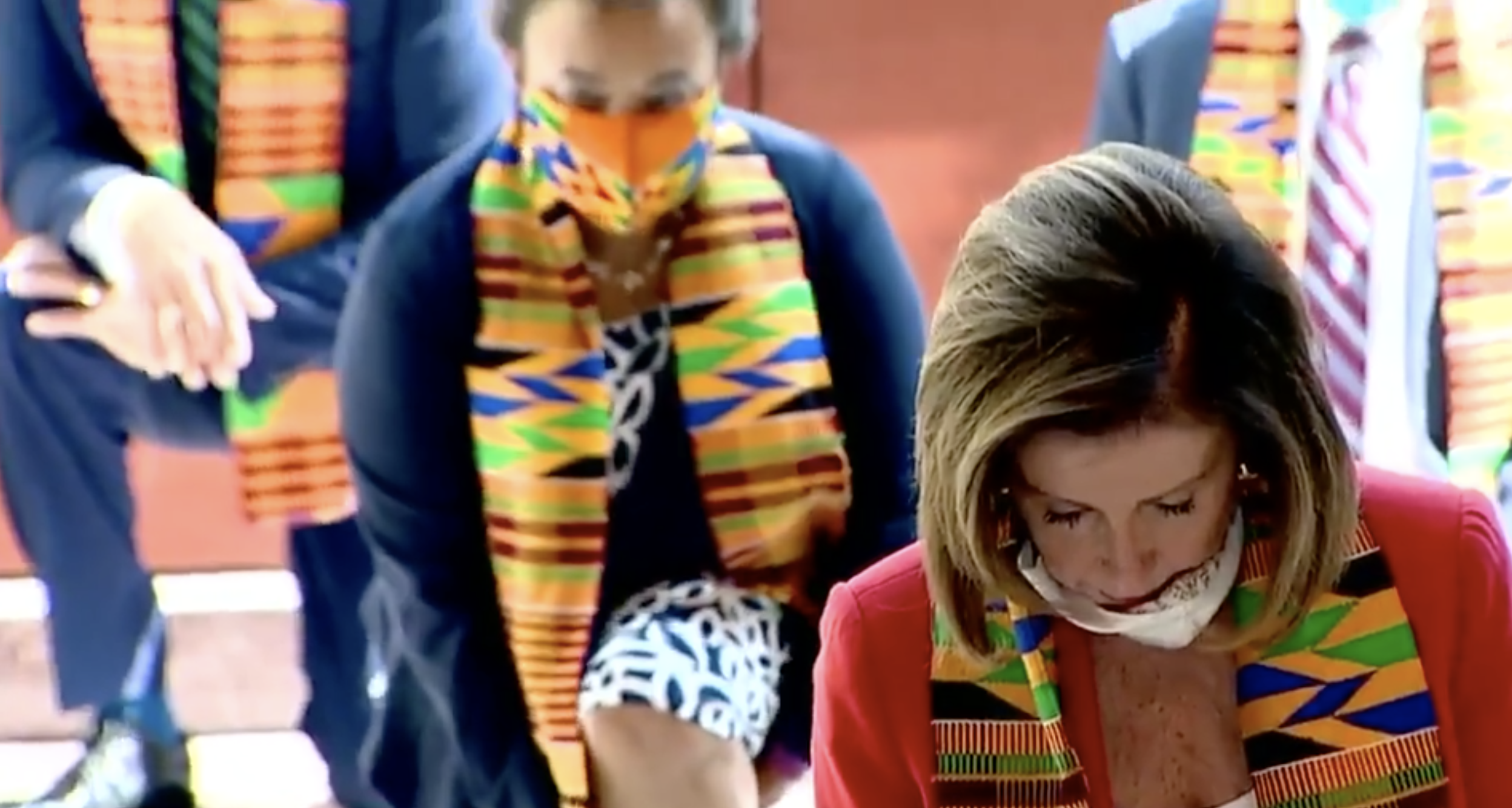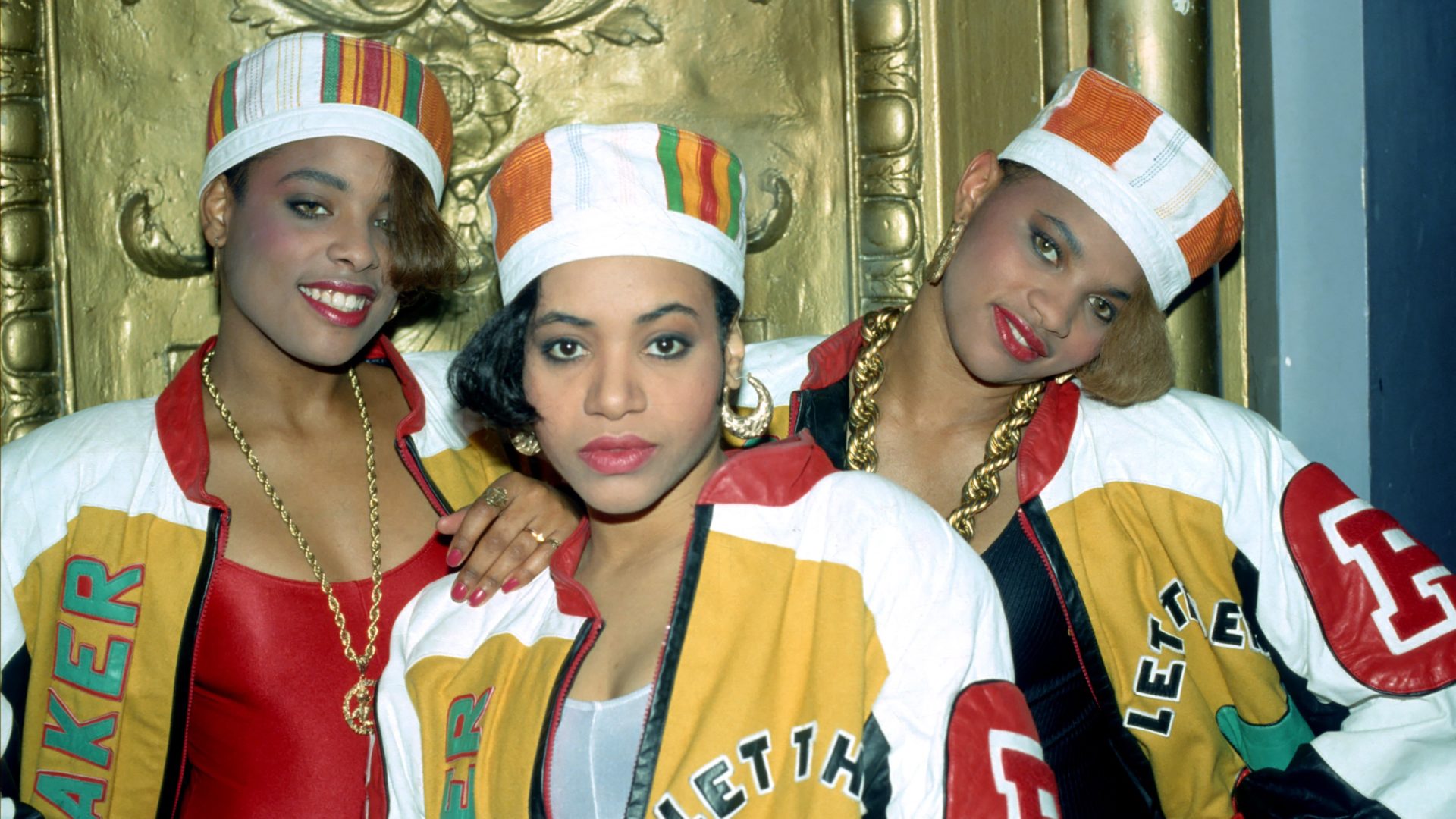
On June 8, CNN’s official Twitter shared a video of Democrats in the House and Senate taking a knee in Washington D.C.’s Emancipation Hall. The amount of time the politicians knelt, 8 minutes and 46 seconds, was in remembrance of George Floyd, the Black man whose neck Minneapolis police officer Derek Chauvin kneeled on. But critics aren’t taking kindly to this moment, as the politicians were wearing kente cloth stoles while paying tribute.
NBC news correspondent Leigh Ann Caldwell shared that the Congressional Black Caucus distributed the cloths.
As written by the New York Times in 1992, kente cloth is primarily produced in west Africa—Ghana, more specifically. It was initially exclusively worn by the Ashanti empire’s royals, but near the end of the Anglo-Ashanti wars in 1896, it began being worn by everyday people.
The pattern itself is an intentional weaving of symbolic colors and materials, including “woven cotton, silk, and sometimes gold thread,” first appeared in the 1600s. Kente became popular in America during the Black Power movement, according to the African American Intellectual History Society, and was also worn by early hip-hop artists, like Salt-n-Pepa.

Salt-n-Pepa wearing kente cloth kufis in 1988.
“A lot of memes will be made of the politicians kneeling in Kente cloth, but I want people to take it seriously,” journalist Charles Preston wrote on Twitter. “We pay elected officials to politically represent and execute a vision. That hollow symbolism is disrespectful when you think about state violence against Black people.”
Preston is not the only one who has spoken out against the wearing of kente cloth as an act of solidarity. Several authorities, including fashion historian Shelby Ivey Christie, have been taking to Twitter to weigh in on the moment.
Photo credit: CNN